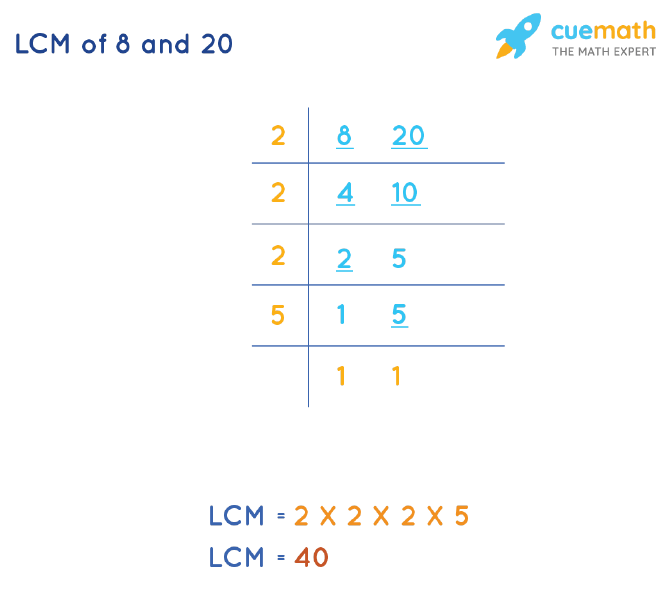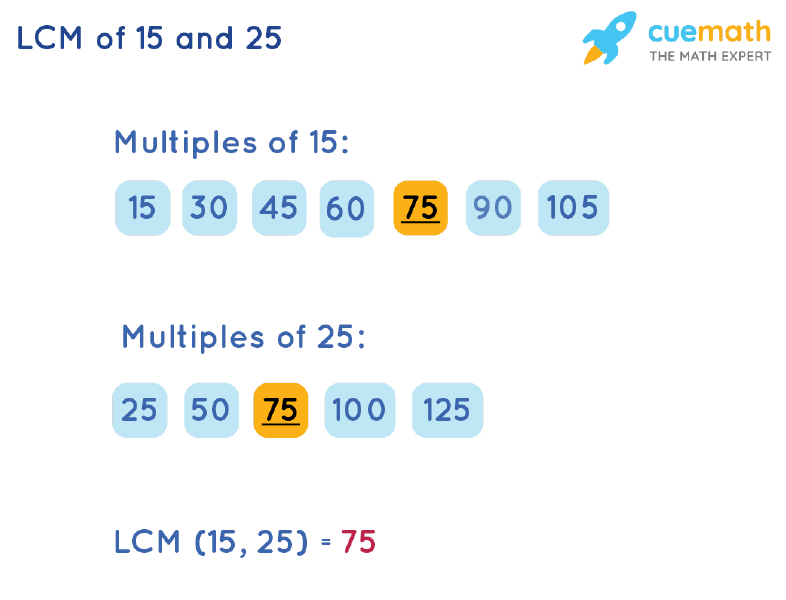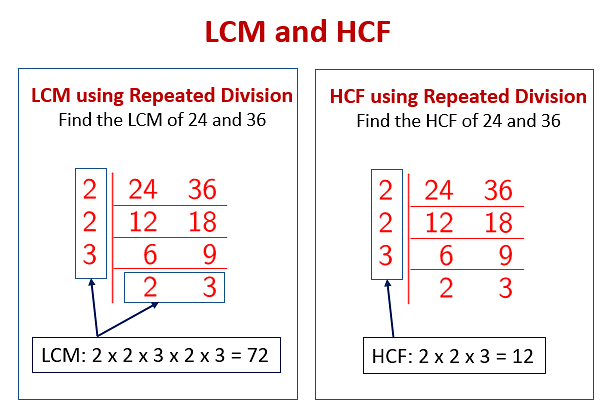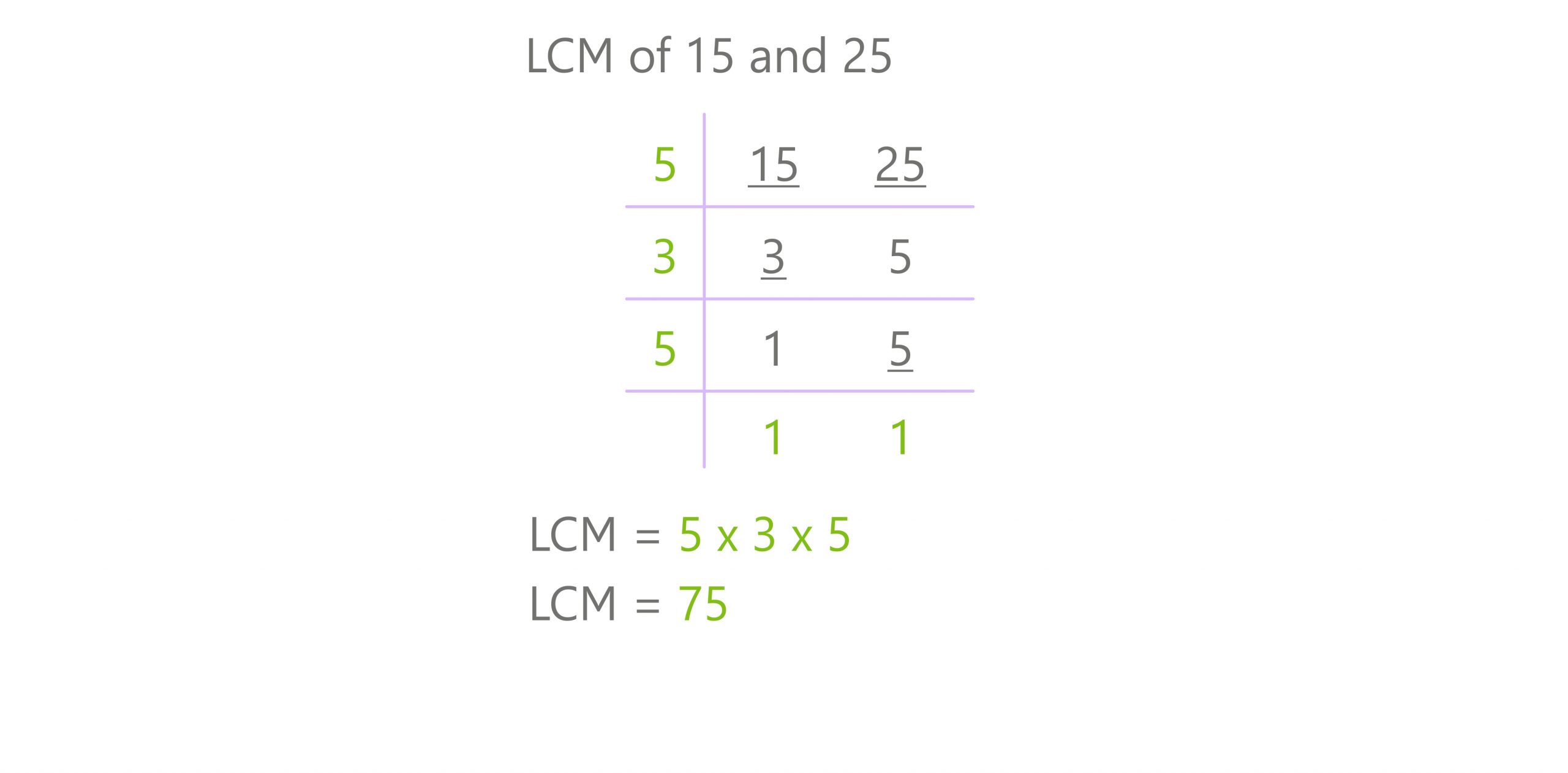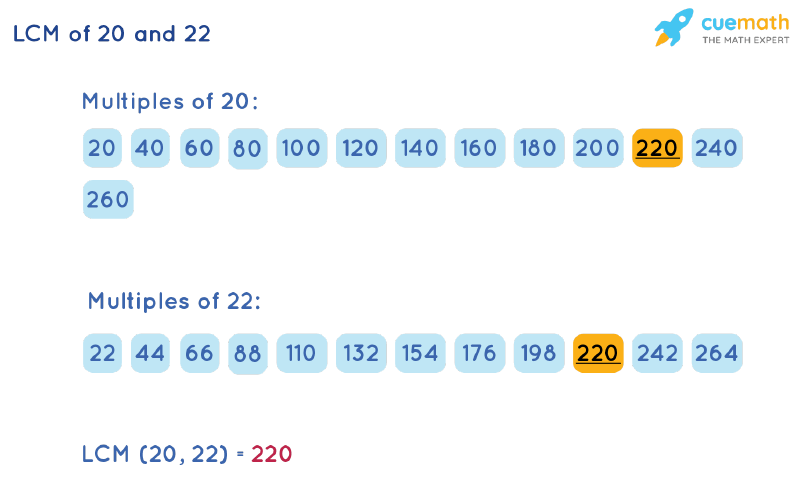What Is The Lcm Of 20 And 25
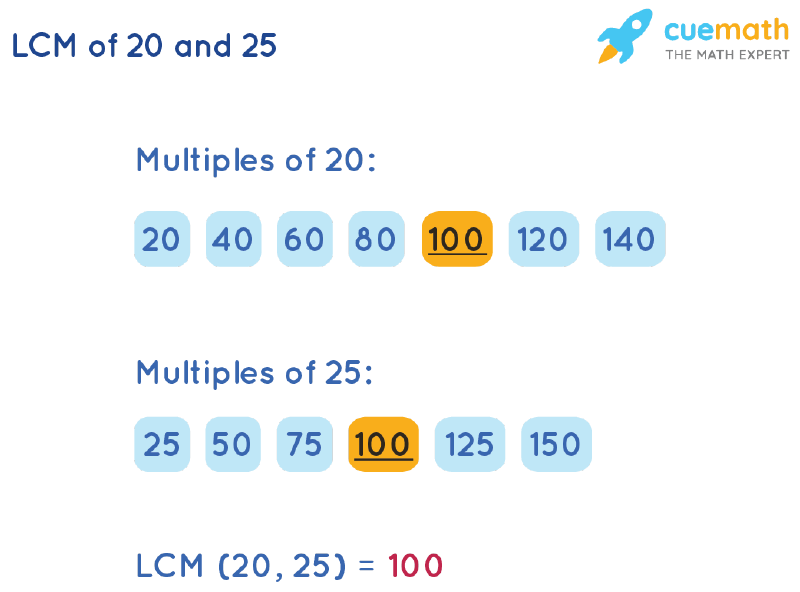
The concept of the Least Common Multiple, or LCM, is a fundamental building block in mathematics, playing a crucial role in various calculations and problem-solving scenarios. Understanding how to determine the LCM, particularly for numbers like 20 and 25, is essential for students and professionals alike.
This article will delve into the process of finding the LCM of 20 and 25, explaining the methods involved and highlighting the importance of this concept in mathematical applications.
What is the Least Common Multiple (LCM)?
The LCM of two or more numbers is the smallest positive integer that is divisible by each of those numbers without leaving a remainder. In simpler terms, it's the smallest number that all the given numbers can divide into evenly. Understanding this definition is the cornerstone to grasping the process of LCM calculation.
The LCM is used widely in arithmetic, algebra, and various other mathematical fields. It's particularly useful when adding or subtracting fractions with different denominators.
Methods for Finding the LCM
Several methods can be employed to determine the LCM of two or more numbers. The most common include the listing multiples method, the prime factorization method, and the division method.
Listing Multiples Method
This method involves listing the multiples of each number until a common multiple is found. The smallest common multiple is the LCM. For instance, to find the LCM of 20 and 25, we list the multiples of each number.
Multiples of 20: 20, 40, 60, 80, 100, 120... Multiples of 25: 25, 50, 75, 100, 125...
By comparing the lists, we find that 100 is the smallest multiple common to both 20 and 25. Therefore, the LCM of 20 and 25 is 100 using the listing multiples method.
Prime Factorization Method
The prime factorization method involves breaking down each number into its prime factors. Then, the LCM is found by multiplying the highest power of each prime factor present in the original numbers.
First, we find the prime factorization of 20 and 25: 20 = 22 x 5 25 = 52
Next, we identify the highest power of each prime factor: 22 and 52. Multiplying these together gives the LCM: 22 x 52 = 4 x 25 = 100. Thus, the LCM of 20 and 25 is 100 using the prime factorization method.
Division Method
The division method is another approach, particularly useful when dealing with more than two numbers. It involves dividing the numbers by their common prime factors until all numbers are reduced to 1.
To find the LCM of 20 and 25 using the division method: Divide both 20 and 25 by 5: 20 / 5 = 4 25 / 5 = 5
Then, divide 4 by 2: 4 / 2 = 2 Divide 2 by 2: 2 / 2 = 1 Divide 5 by 5: 5 / 5 = 1
The LCM is the product of the divisors and the remaining numbers (which are now all 1): 5 x 2 x 2 x 5 = 100. So, the LCM of 20 and 25 using the division method is 100.
The Significance of LCM in Mathematics
The LCM is a crucial concept in various mathematical operations. One of its primary uses is in simplifying fractions. Finding the LCM of the denominators of two or more fractions allows us to rewrite them with a common denominator, making addition and subtraction much easier.
For example, to add 1/20 and 1/25, we first find the LCM of 20 and 25, which is 100. Then, we convert each fraction to an equivalent fraction with a denominator of 100.
So, 1/20 becomes 5/100 and 1/25 becomes 4/100. Now, the addition becomes straightforward: 5/100 + 4/100 = 9/100. Without understanding LCM, these kinds of calculations would be much more complex.
Practical Applications Beyond the Classroom
While the LCM is often taught in the context of mathematics education, it has several practical applications in real-world scenarios. It is particularly useful in problems involving repeating events or cycles.
Consider a scenario where two buses depart from the same station. Bus A leaves every 20 minutes, and Bus B leaves every 25 minutes. To find out when they will depart together again, you would calculate the LCM of 20 and 25, which is 100 minutes.
This means the buses will depart together again after 100 minutes. This principle can be applied to many similar problems, such as scheduling events, synchronizing processes, or determining the periodicity of events.
Conclusion
The Least Common Multiple of 20 and 25 is 100. This can be found through listing multiples, prime factorization, or the division method. Understanding the LCM is essential for both academic and practical purposes.
From simplifying fractions to solving problems involving cyclical events, the LCM is a fundamental concept that provides a powerful tool for mathematical and real-world problem-solving. Mastering this concept is crucial for anyone seeking a solid foundation in mathematics.




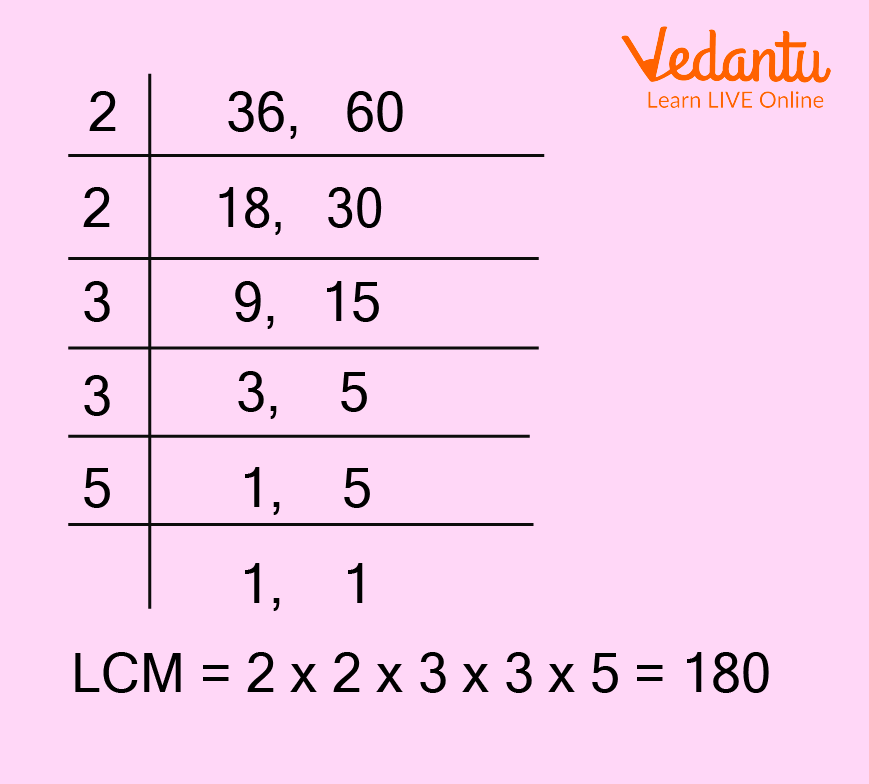
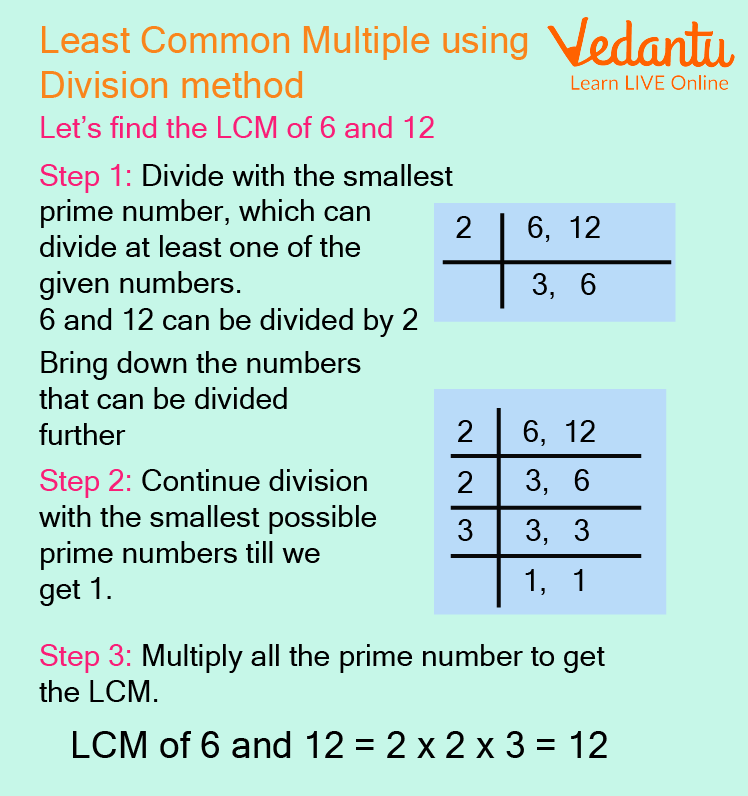

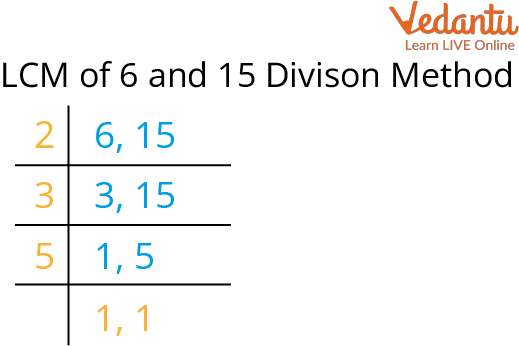
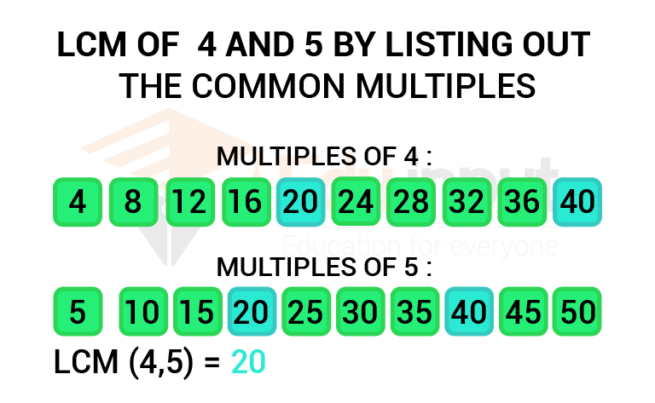
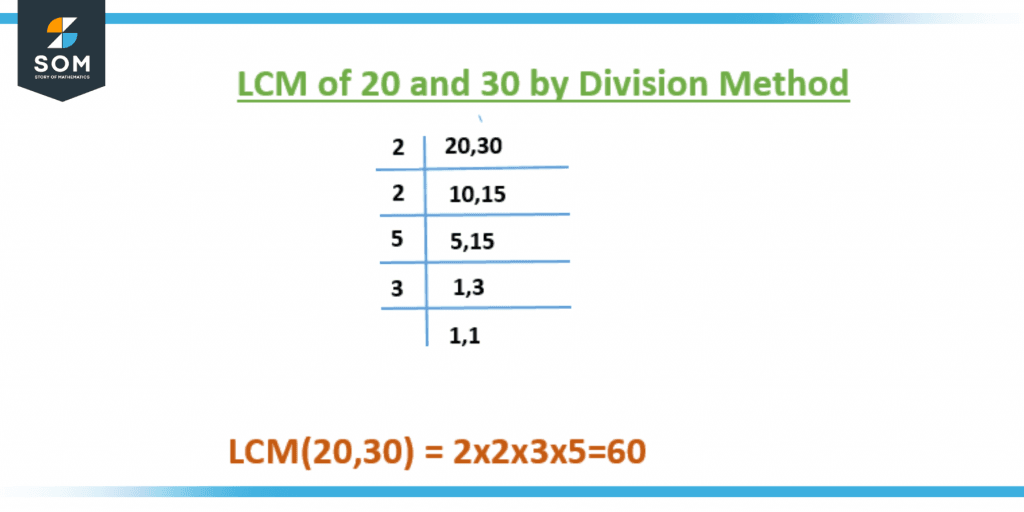
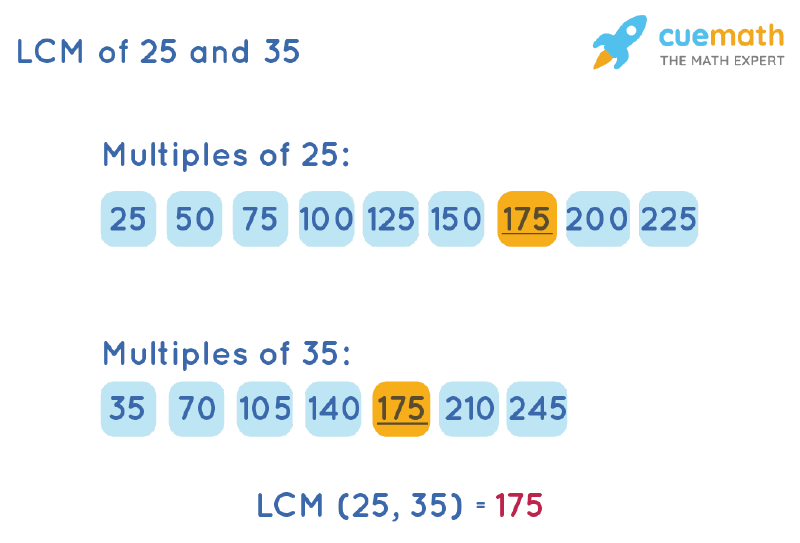
/Activities/Guide62_LeastCommonMultiple-Example-1_v1.png)
